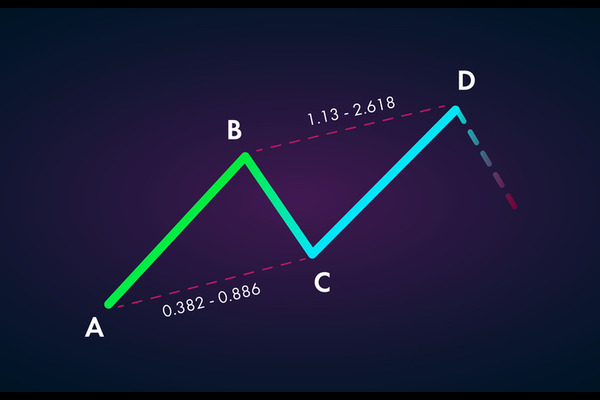Futures trading is an advanced trading method based on spot trading and
developed from forward contract trading. It refers to the buying and selling of
futures contracts in open competition through brokers on commodity exchanges for
large quantities of homogeneous commodities in order to transfer the risk of
market price fluctuations.
The participants in futures trading include investors, exchanges, futures
brokers, and clearing houses. Investors can be divided into two categories:
producers or consumers of physical commodities such as agricultural products,
energy, metals, etc. They use futures markets to lock in future prices to avoid
risks. Another type is speculators, who seek profits through futures trading and
buy and sell futures contracts by predicting market trends.
The underlying assets of futures trading can include commodities, financial
assets, stock indices, etc. Common futures contracts include Crude Oil, gold,
soybeans, wheat, stock index futures, etc. The trading units, delivery dates,
and delivery methods of futures contracts are clearly specified in the
contract.
Futures are two-way trading and can be long or short. Futures trading has
leverage tools that can expand risks and returns. In addition, futures support
T+0 trading and can be bought and sold at any time.
The price of futures contracts currently traded will change in a few days or
months, and when there is a price difference, profit margins can be seen.
Futures trading is different from stock trading and is mainly manifested in the
following aspects:
1. Futures can be traded in both directions
The A-share market can only trade in one direction, with investors buying
stocks at low prices and selling them at high prices to earn a price difference.
In addition to being long, futures can also be short. Buying futures at a low
price can earn profits after the price rises. On the contrary, if you short
futures and the futures price drops after a period of time, there will also be a
price difference, which is profit. For ordinary investors, two-way trading
undoubtedly increases investment difficulty.
2. Futures are traded using leverage
So-called leveraged trading refers to the trading authority of full futures
in the futures market, where only a portion of the amount needs to be paid.
Through the operating mechanism of margin, the risks and returns will increase
several times. If the price is correctly predicted to rise or fall, higher
returns can be obtained. On the contrary, if one misjudges the rise and fall,
fans will also be huge.
3. High handling fees for futures trading
The handling fees of the three domestic futures exchanges are all around
$2–$10,000. Although the rates may not seem high, there are other additional
fees required. Due to the use of leveraged trading, the purchase amount is
relatively large, resulting in high handling fees.
4. Futures trading using T+0
The so-called T+0 refers to the ability to buy and close positions at any
time. The T+0 trading mechanism has both advantages and disadvantages. The
advantage is that after obtaining profits, you can sell them at any time and put
the profits in your pocket. The drawback is that it can cause frequent
transactions and ultimately require high transaction fees.
Futures actually belong to contract trading. Futures can be traded in both
directions, with high transaction fees and T+0 trading. They can be bought and
sold at any time.
Disclaimer: This material is for general information purposes only and is not
intended as (and should not be considered to be) financial, investment or other
advice on which reliance should be placed. No opinion given in the material
constitutes a recommendation by EBC or the author that any particular
investment, security, transaction or investment strategy is suitable for any
specific person.






